University of New Mexico researchers studying the health risks posed by gadolinium, a toxic rare earth metal used in MRI scans, have found that oxalic acid, a molecule found in many foods, can generate nanoparticles of the metal in human tissues.
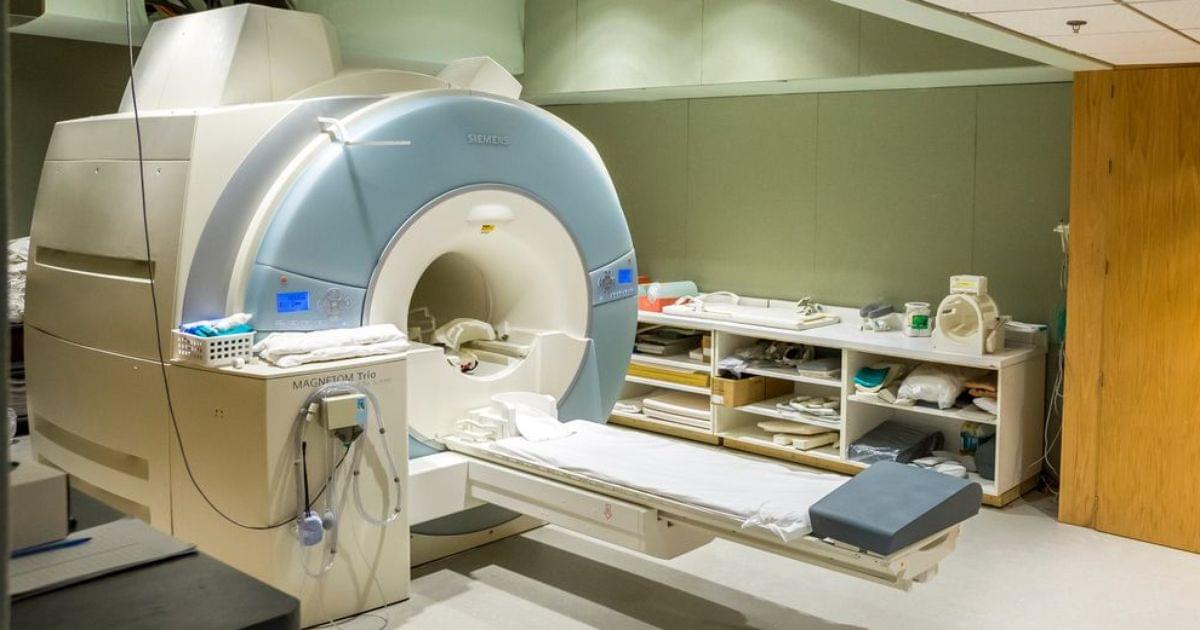

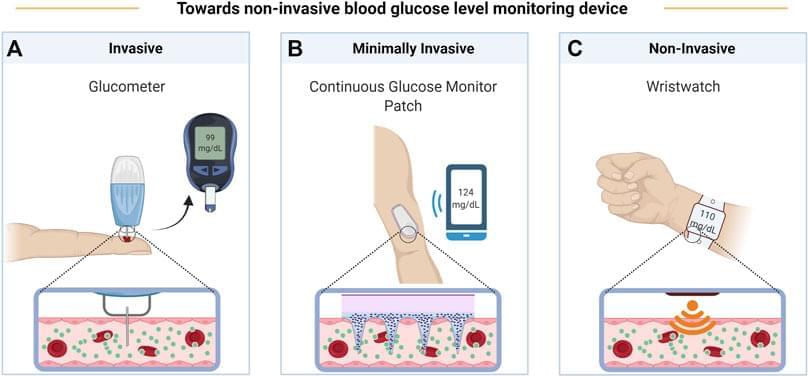
Diabetes has no well-established cure; thus, its management is critical for avoiding severe health complications involving multiple organs. This requires frequent glycaemia monitoring, and the gold standards for this are fingerstick tests. During the last decades, several blood-withdrawal-free platforms have been being studied to replace this test and to improve significantly the quality of life of people with diabetes (PWD). Devices estimating glycaemia level targeting blood or biofluids such as tears, saliva, breath and sweat, are gaining attention; however, most are not reliable, user-friendly and/or cheap. Given the complexity of the topic and the rise of diabetes, a careful analysis is essential to track scientific and industrial progresses in developing diabetes management systems. Here, we summarize the emerging blood glucose level (BGL) measurement methods and report some examples of devices which have been under development in the last decades, discussing the reasons for them not reaching the market or not being really non-invasive and continuous. After discussing more in depth the history of Raman spectroscopy-based researches and devices for BGL measurements, we will examine if this technique could have the potential for the development of a user-friendly, miniaturized, non-invasive and continuous blood glucose-monitoring device, which can operate reliably, without inter-patient variability, over sustained periods.
Diabetes is a lifelong disease that affects more than 400 millions of people worldwide (WHO. Diabetes, 2022). Emerging reports from the International Diabetes Federation state that diabetes is set to rise very fast, estimating 700 millions of cases in the next 25 years (IDF Diabetes Atlas, 2019). Among the various types of diabetes, all characterized by high blood glucose levels, the main two types are type 1 diabetes, an autoimmune condition where the pancreas produces little or no insulin, and type 2 diabetes, a metabolic disorder that results in hyperglycaemia due to insulin resistance. Diabetes, and related risk factors such as microvascular (retinopathy, nephropathy, and neuropathy) and macrovascular metabolic disorders, is so widespread that it has been defined “the epidemic of the century” (Kharroubi, 2015).

“Space weather can impact systems that use IT for critical functions and everyday processes,” James Spann, a senior scientist at the Office of Space Weather Observations at the U.S. National Oceanic and Atmospheric Administration’s (NOAA) National Environmental Satellite, Data, and Information Service (NESDIS) department, told Space.com in an email. “These space weather impacts can have the same symptoms as a cyberattack, where systems will be brought down, or lockup, or transmit erroneous information.”
NESDIS oversaw a tabletop space weather exercise conducted in May 2024, the first such drill testing the U.S. preparedness for a major solar storm. Results of the exercise, which brought together 35 US government agencies, were published in a report in April.
In one of the simulations during the exercise, NOAA and the U.S. Air Force reported a severe solar flare and radio burst, but another federal department or agency “reported contradictory information, suggesting that the radio and communications disruptions were possibly the result of a cyberattack,” according to the report. Above all, it showed the need for effective communication following such events.

Wearable technologies are revolutionizing health care, but design limitations in adhesive-based personal monitors have kept them from meeting their full potential.
A new University of Arizona study, published in Nature Communications, describes a longer-lasting, 3D-printed, adhesive-free wearable capable of providing a more comprehensive picture of a user’s physiological state.
The device, which measures water vapor and skin emissions of gases, continuously tracks and logs physiological data associated with dehydration, metabolic shifts and stress levels.
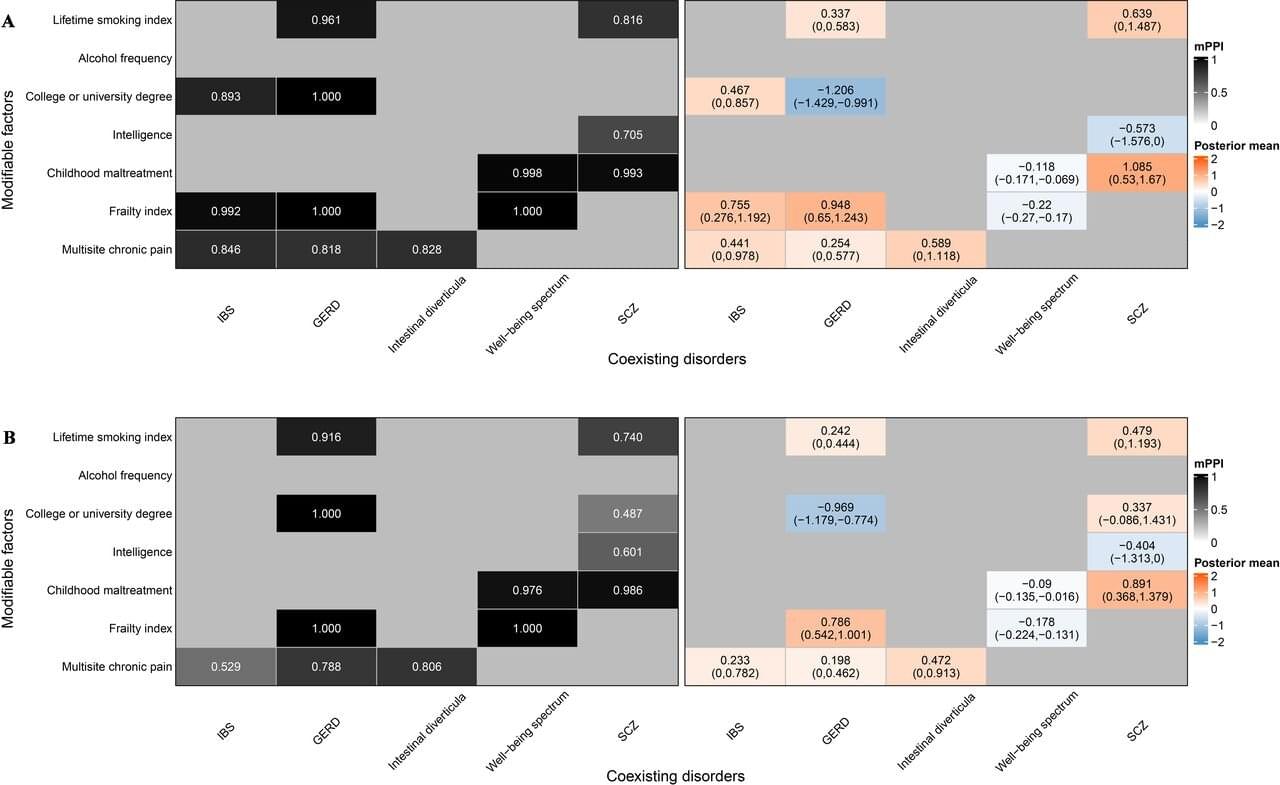
Irritable bowel syndrome (IBS) is a prevalent and debilitating gastrointestinal disorder affecting approximately 5%–10% of the global population. Characterized by abdominal pain, bloating, and altered bowel habits, IBS imposes a significant burden on quality of life and health care systems worldwide.
Despite its prevalence, the exact pathogenesis of IBS remains elusive, and effective prevention strategies are lacking. Di Liu and colleagues conducted a comprehensive Mendelian randomization (MR) study—an approach that uses genetic variants as instrumental variables to infer causality.
The study integrates Mendelian randomization (MR) and multiresponse MR (MR2) analyses to distinguish genuine causal relationships from shared or spurious associations. The research is published in the journal eGastroenterology.

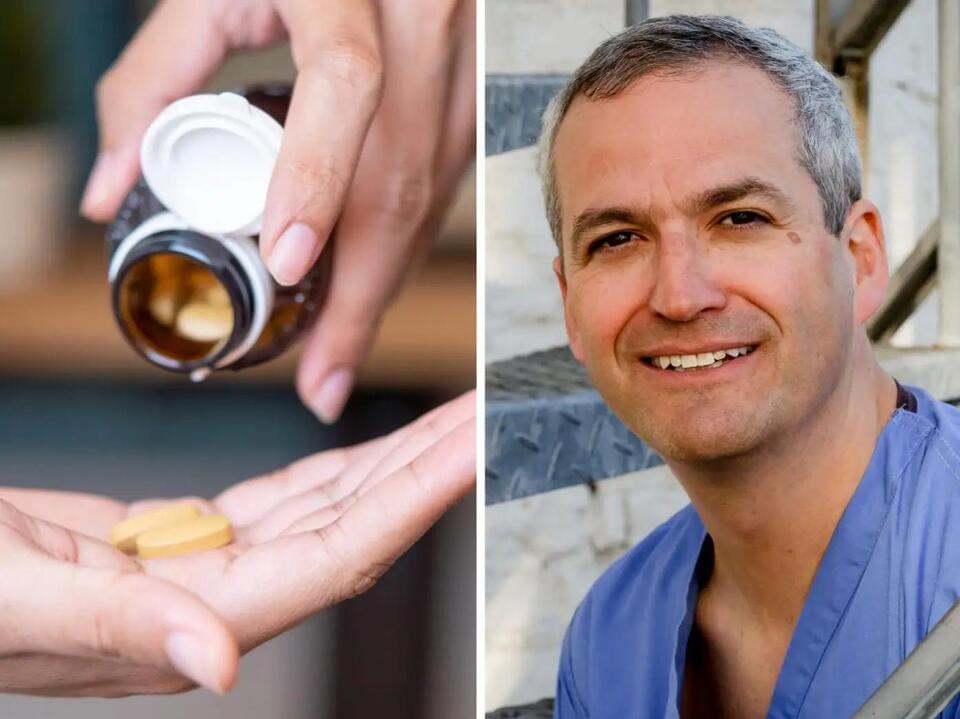

A new study led by researchers from Michigan State University, Yale University and Johns Hopkins University reveals that ransomware attacks—which involve a hacker putting encryption controls into a file and then demanding a ransom to unlock the files—have become the primary driver of health care data breaches in the United States, compromising 285 million patient records over 15 years.
Published May 14 in JAMA Network Open, the study provides the first comprehensive analysis of ransomware’s role in health care breaches across all entities covered by privacy laws—hospitals, physician practices, health plans and data clearinghouses—from 2010 to 2024.
“Ransomware has become the most disruptive force in health care cybersecurity,” said John (Xuefeng) Jiang, Eli Broad Endowed Professor of accounting and information systems in the MSU Broad College of Business and lead author of the study. “Hospitals have been forced to delay care, shut down systems and divert patients—all while sensitive patient data is held hostage.”

Current dental implants can work well, but they’re not perfect. They don’t attach to bones and gums in the same way that real teeth do. And around 20% of people who get implants end up developing an infection called peri-implantitis, which can lead to bone loss.
It is all down to the microbes that grow on them. There’s a complex community of microbes living in our mouths, and disruptions can lead to infection. But these organisms don’t just affect our mouths; they also seem to be linked to a growing number of disorders that can affect our bodies and brains. If you’re curious, read on.
The oral microbiome, as it is now called, was first discovered in 1670 by Antonie van Leeuwenhoek, a self-taught Dutch microbiologist. “I didn’t clean my teeth for three days and then took the material that had lodged in small amounts on the gums above my front teeth … I found a few living animalcules,” he wrote in a letter to the Royal Society at the time.
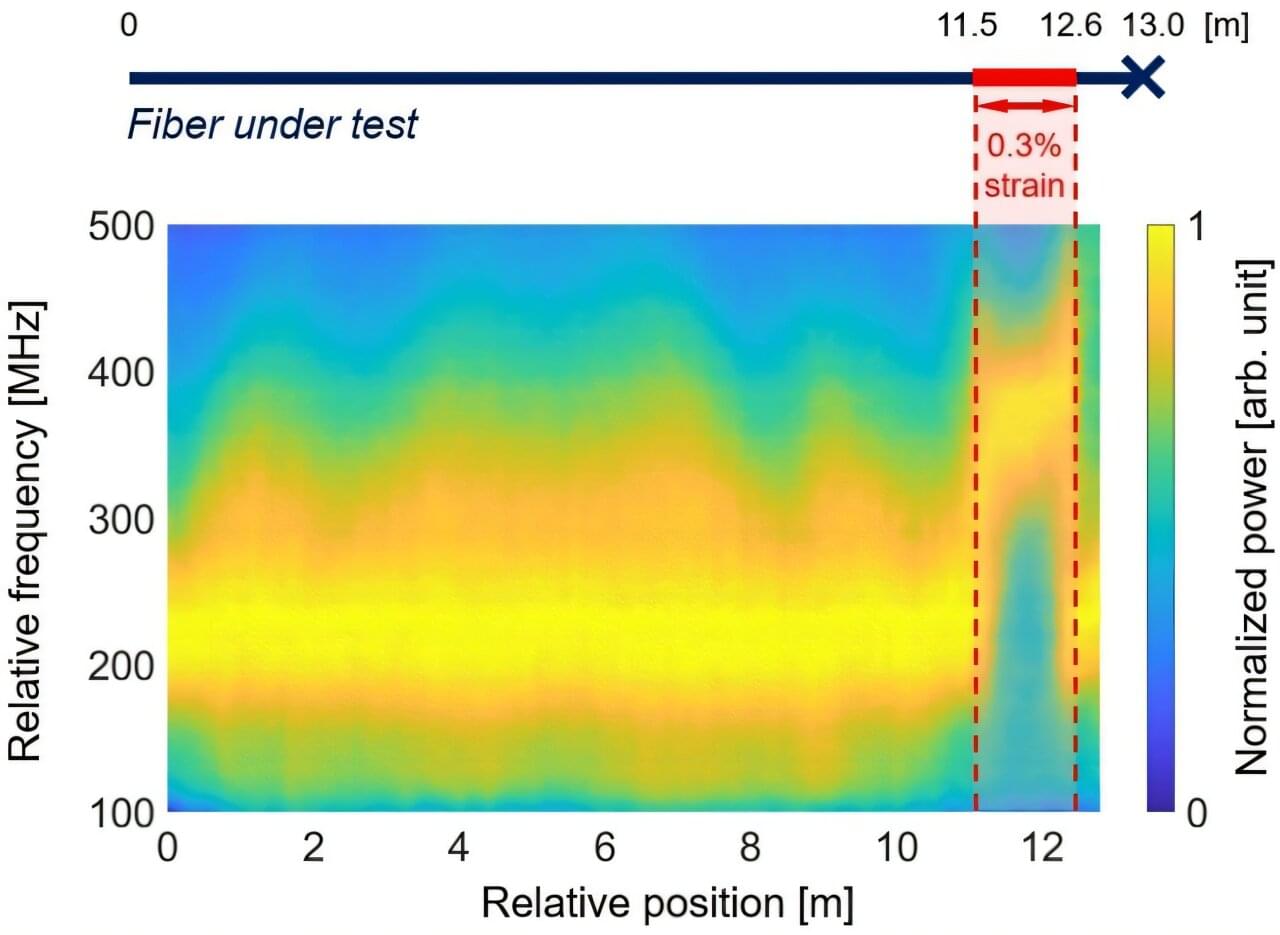
Scientists have developed a dual-laser Brillouin optical correlation-domain reflectometry (BOCDR) system that uses two frequency-modulated lasers. By scanning the relative modulation phase between the pump and reference lasers, the setup measures strain and temperature all along an optical fiber. In a proof-of-concept test on a 13-meter silica fiber, the team recorded Brillouin gain spectra (BGS) at only about 200 MHz—over 50 times lower than the usual 11 GHz band.
The research was published in the Journal of Physics: Photonics on April 25, 2025.
“The dual-laser approach makes BOCDR equipment simpler, more cost-effective, and easier to deploy, giving engineers a practical tool for long-term structural health monitoring, factory process control, and many other sensing tasks,” said senior author Associate Professor Yosuke Mizuno of Yokohama National University.